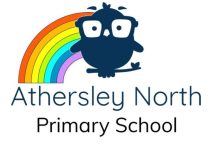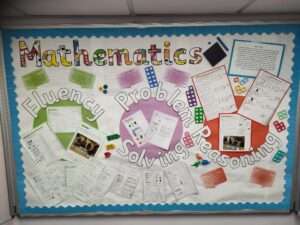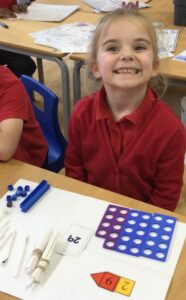Mathematics
" The only way to learn mathematics is to do mathematics" -Paul Halmos
The Mathematics curriculum at Athersley North Primary school, we aim for every pupil to develop a secure understanding of Mathematics, equipping them with the skills of calculation, reasoning and problem solving that they need in life beyond school. Our Mathematics curriculum offers pupils a practical and engaging range of learning experiences.
We represent mathematical problems and numbers in different ways ensuring pupils access a range of concrete, abstract and pictorial representations. Staff and pupils promote and use a range of mathematical vocabulary which allows them to explain and discuss their understanding and give reasons for their choices.
Pupils are appropriately challenged and support is provided to ensure all pupils can access the Mathematics curriculum. We hope every pupil will enjoy Mathematics and see the value and importance of Mathematics skills in everyday life.
Maths Long Term Overview
At Athersley North Primary School, we start with place value – in other words, the value of each digit in a number. Once our pupils have a secure understanding of this, they have the foundation for all other mathematical concepts.
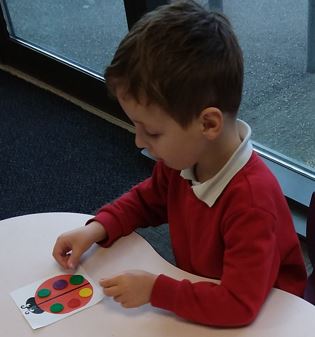
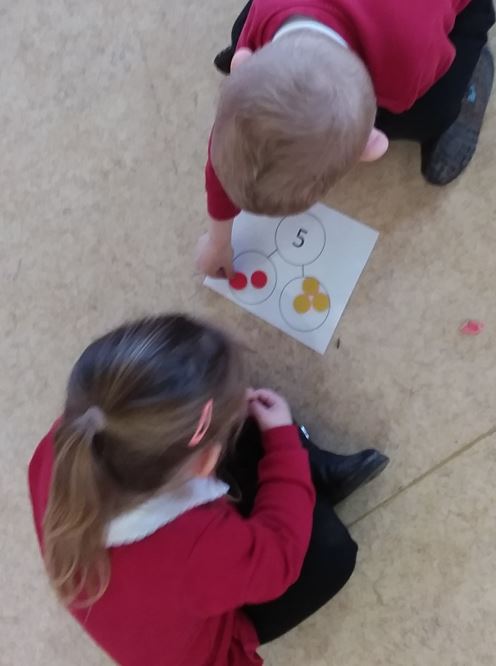
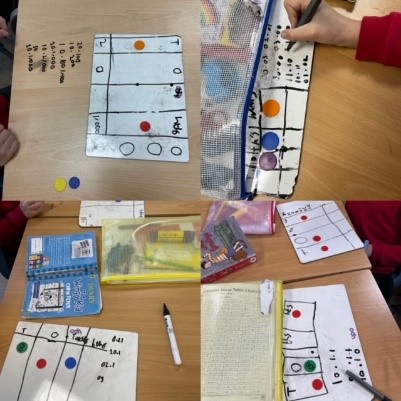
We encourage the pupils to think deeply, to try out a range of strategies and to use mathematical vocabulary correctly. Our lessons focus on the ‘mastery’ style of teaching, which inspires and challenges pupils at every level to give both wider and deeper understanding. We often use equipment to encourage pupils to move quickly from concrete to abstract methods.
There is a positive attitude to problem-solving in our Maths classes. Our teachers encourage the pupils to see unsuccessful attempts as opportunities, and make sure they are not held back by the fear of getting something wrong. We target different pupils each half-term to make rapid progress and run regular assessment for learning intervention groups. Extra teaching sessions are provided for pupils who need additional help with their maths work.
Here is an example of a Long Term Plan. It outlines what units are covered in each of the three terms. The learning objectives which the pupils will follow are highlighted in every unit.
Example Mathematics Long Term Plan
Maths Vocabulary
At Athersley North Primary School, we prioritise vocabulary in all subjects. In maths vocabulary is prioritised in every lesson taught. Each teacher will introduce a new unit of learning with a “Maths Top Ten.” This comprises of the top ten most significant words that will be taught in that unit. Teachers will share the “Maths Top Ten” daily and pick out key words that will be a key focus for the session.
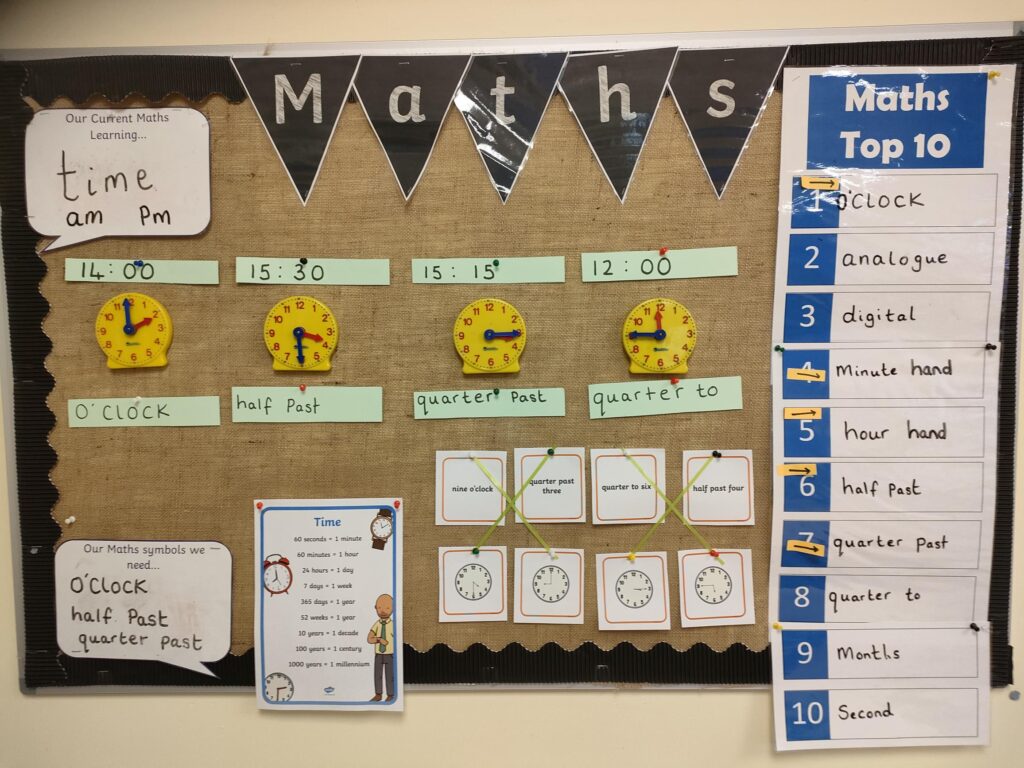
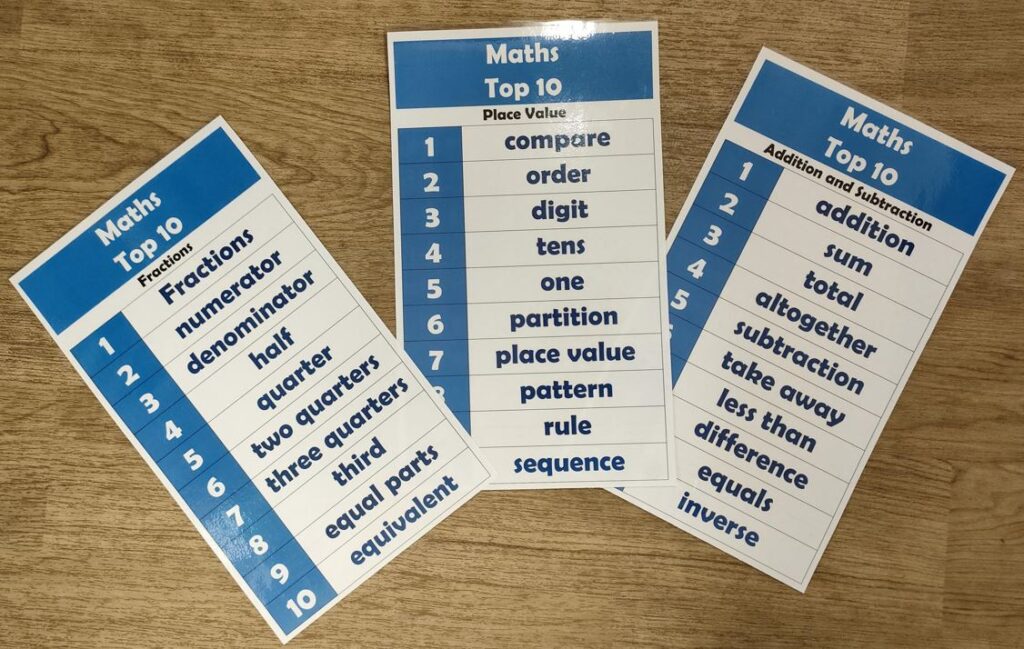
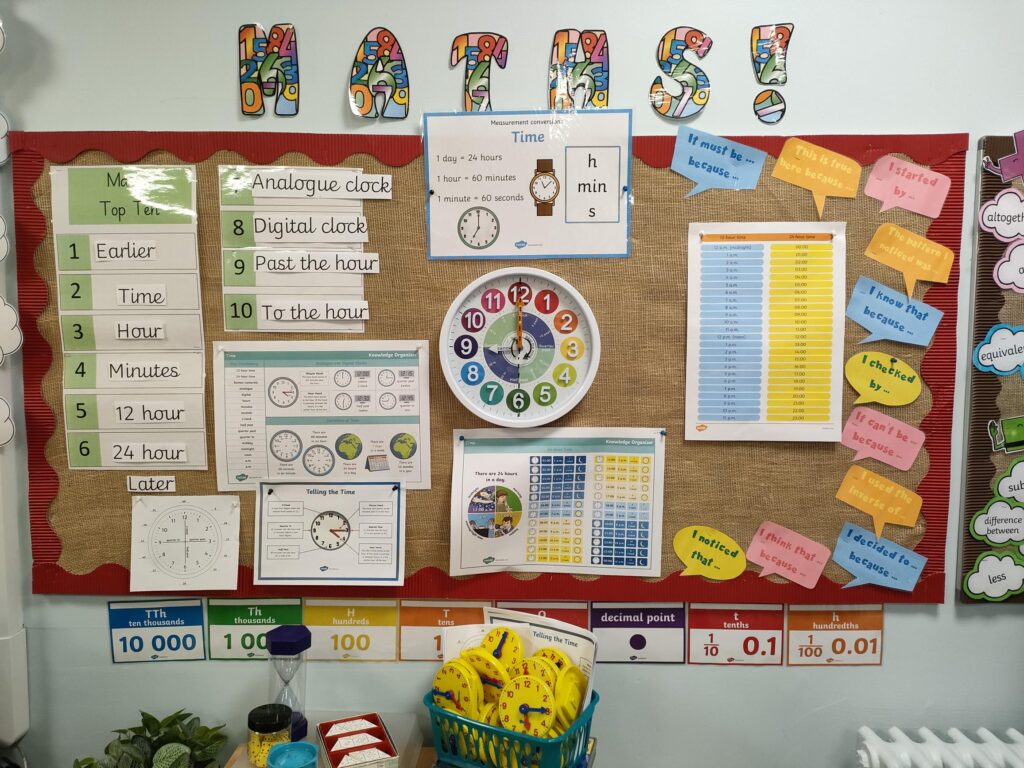
Teachers share their “Maths Top Ten” on working wall which children are encourage to use. Pupils are encouraged to use the key vocabulary within every session so they can improve their reasoning skills and be able to articulate their problem solving work using the correct vocabulary.
Cultural Capital – “My Money Week”
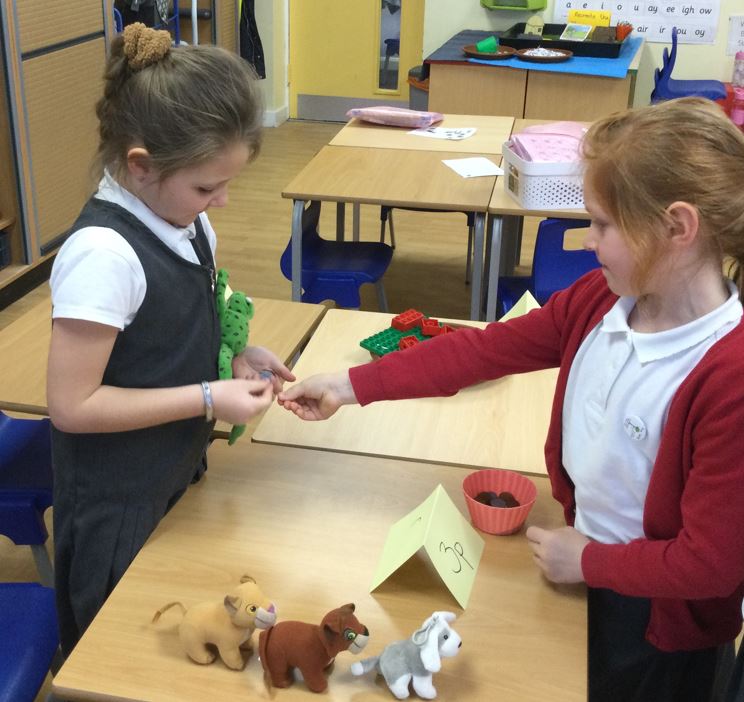
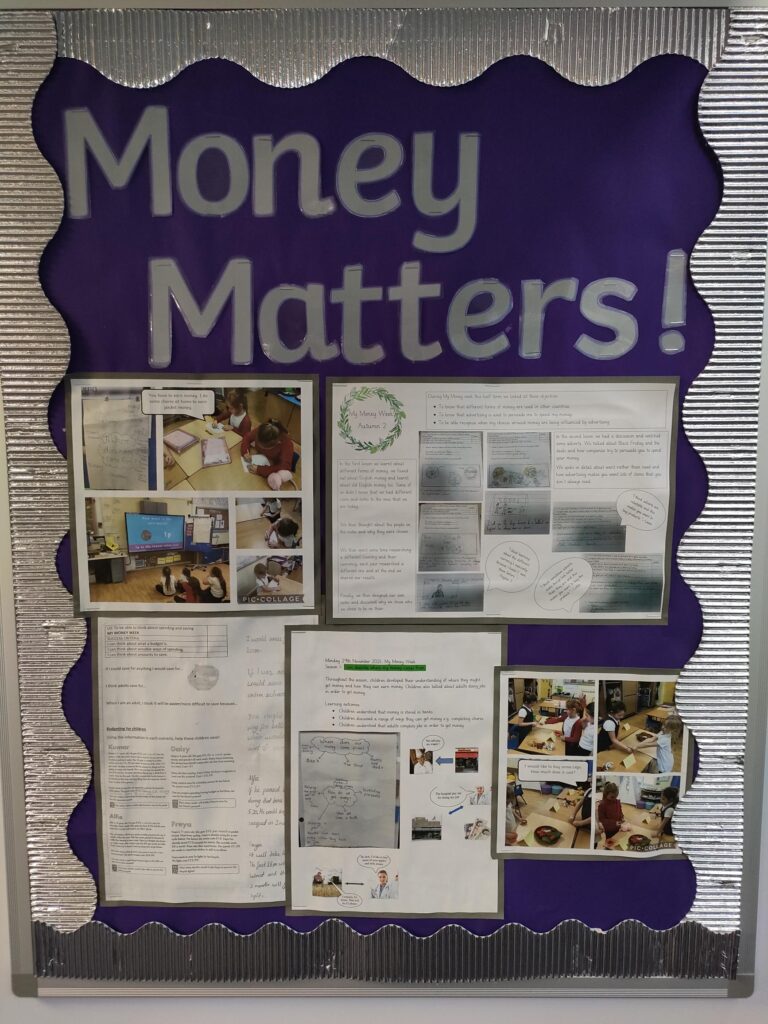
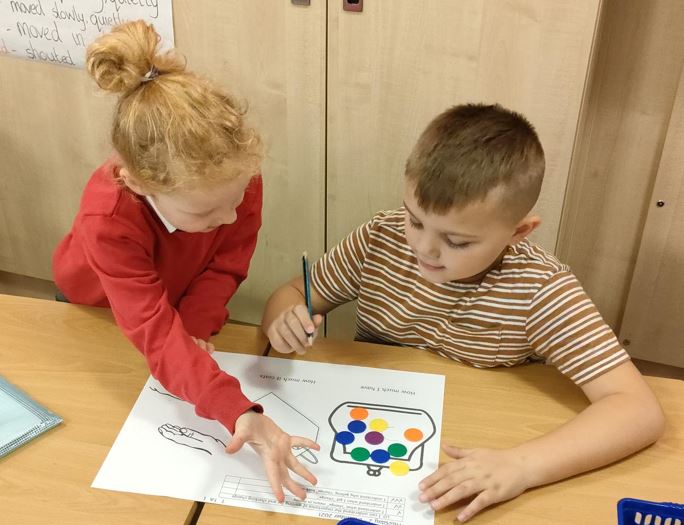
Here is our Long Term Plans for Cultural Capital in our school.
We have broken our plan into four keys areas. These include:
- How to manage Money
- Becoming a Critical Consumer
- Managing Risks and emotions associated with Money
- Understanding the important role money plays in our lives
Each of these units builds progressively from EYFS to Year 6. We hope pupils leave our school having strong understand of money and financial education to help them prepare for the jobs they aspire to be.
Cultural Capital
Unit Progression
Within our Long Term Plan, we teach pupils a variety of units for examples addition & subtraction, multiplication & division and shape, space and measure. Throughout our learning there are some key strands that run progressively in each year group.
The key strands are:
- Place Value
- Addition
- Subtraction
- Multiplication
- Division
- Fractions
- Percentages
- Measurement – Converting measures
- Measurement – perimeter and area
- Shape
- Shape – angles
- Statistics
- Counting
- Algebra
- Ratio
- Position and Direction
Example of Multiplication Strand
Equipment
At Athersley North, we actively encourage pupils to use equipment and manipulatives to support their understanding in mathematics and to help solve the maths problems they are given.
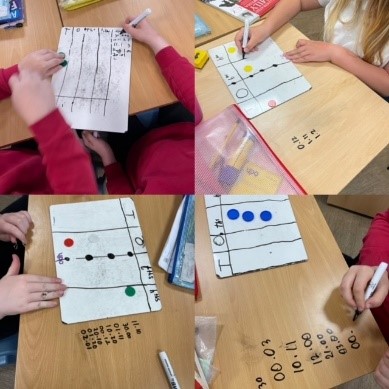
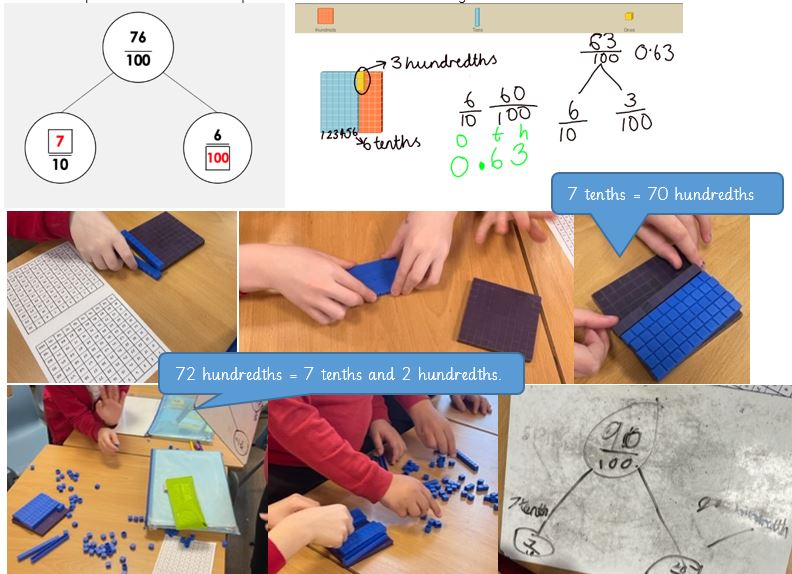
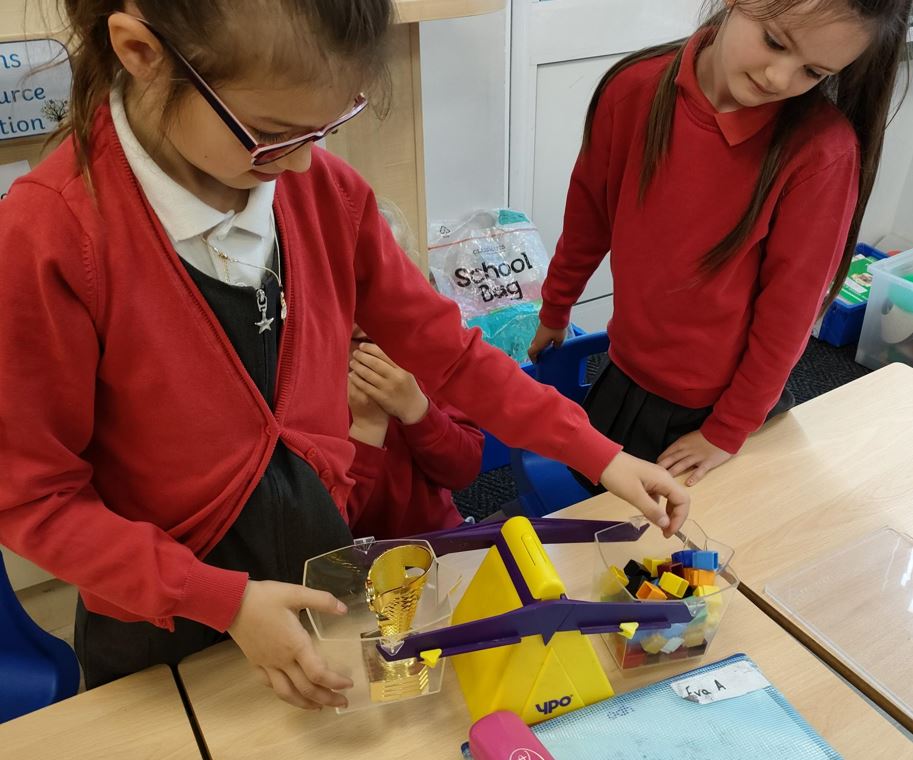
Pupils are taught to grasp new concepts using concrete apparatus. This helps them to visualise and physically see how the concept works. Pupils are then progressed onto more visual concepts and finally onto more abstract concepts. Throughout this process pupils can continually use their equipment to help embed their understanding.
